The Brazil Automotive Exhaust Gas Recirculation Market is experiencing significant dynamics due to increasing environmental regulations and a growing emphasis on emissions reduction within the automotive industry. Companies operating in this sector are focusing on innovation, technological advancements, and strategic partnerships to enhance their market presence and adapt to changing regulatory landscapes. The competitive insights of this market reflect both established players and emerging companies striving for differentiation through advanced engineering and efficiency in exhaust gas recirculation systems.
As vehicles increasingly adopt advanced emissions controls to comply with stricter regulations, the market landscape is evolving rapidly, influencing supply chains, pricing strategies, and consumer preferences.
Aisin Seiki, a prominent player in the Brazil Automotive Exhaust Gas Recirculation Market, has established itself through its technological prowess and commitment to sustainability. The company leverages its extensive research and development capabilities to create high-quality products tailored to the specific needs of the Brazilian automotive sector. Its strengths lie in its ability to innovate and offer a wide range of exhaust gas recirculation components that enhance vehicle efficiency and reduce emissions.
By focusing on local consumer requirements and environmental regulations, Aisin Seiki has built a solid reputation in Brazil, contributing to its competitive advantage by maintaining robust relationships with original equipment manufacturers and aftermarket service providers throughout the region.
Magna International has made substantial strides in the Brazil Automotive Exhaust Gas Recirculation Market by continually expanding its product portfolio and market reach. Known for its engineering excellence, the company offers a range of solutions focused on advanced exhaust gas recirculation technologies designed to meet stringent emission standards. Magna International’s strengths include a solid infrastructure that supports efficient manufacturing processes and logistics within Brazil, giving it a competitive edge in timely response to market demands.
Furthermore, the company has engaged in strategic mergers and acquisitions to strengthen its market position and expand its capabilities in the region. By aligning its product offerings with local automotive needs, Magna International enhances its market presence while addressing the evolving challenges of emission control in the Brazilian automotive landscape.


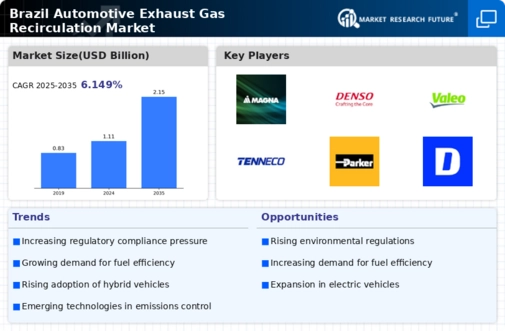
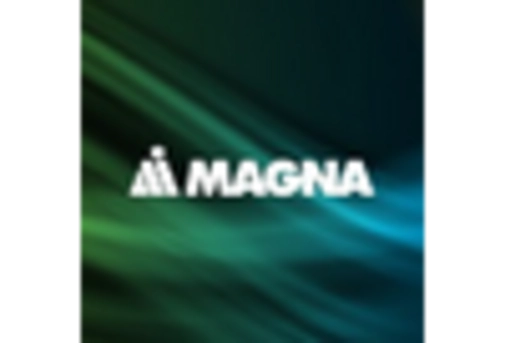

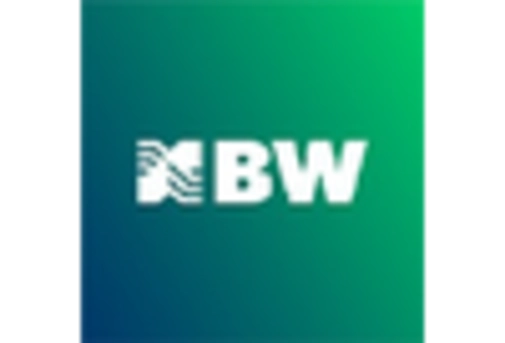
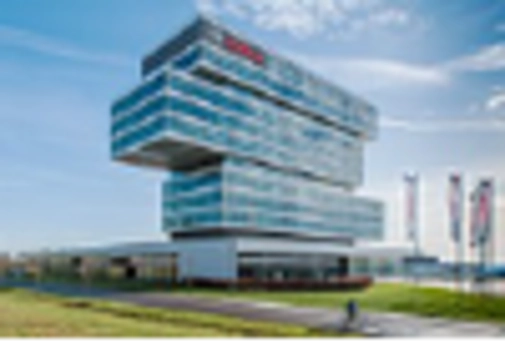
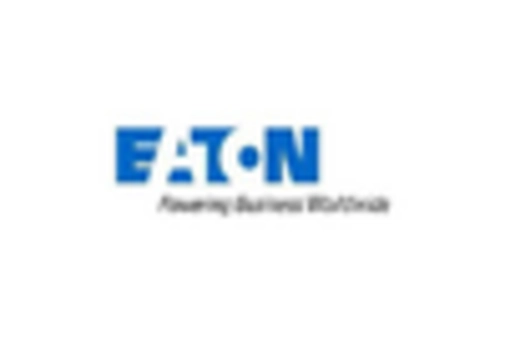
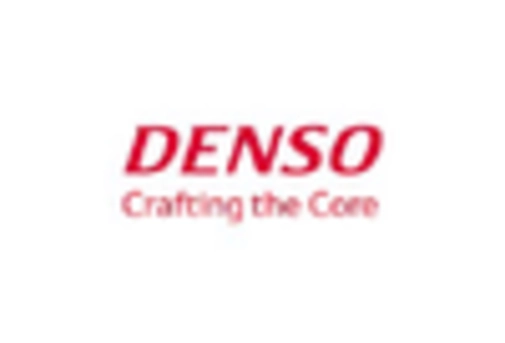












Leave a Comment